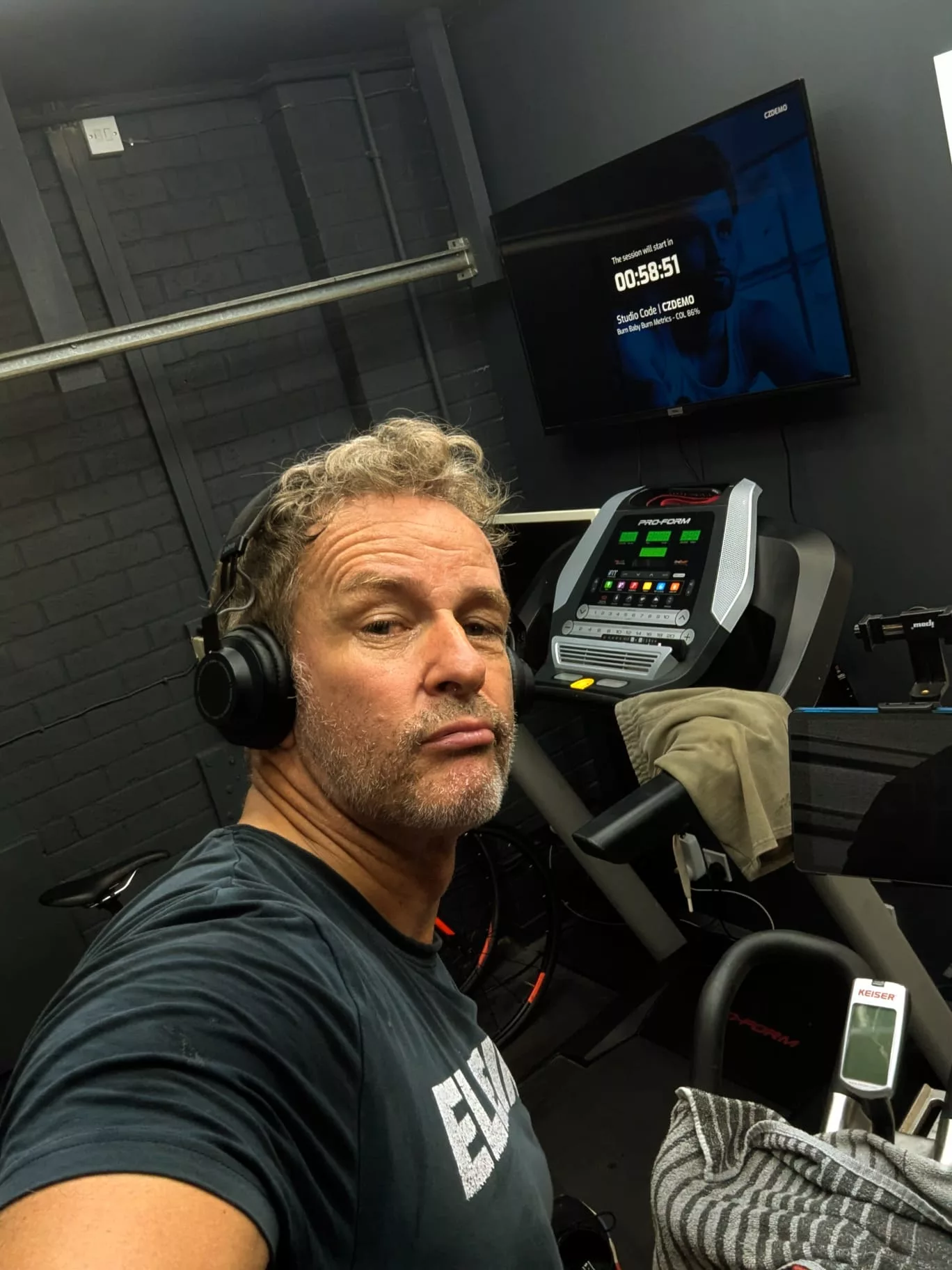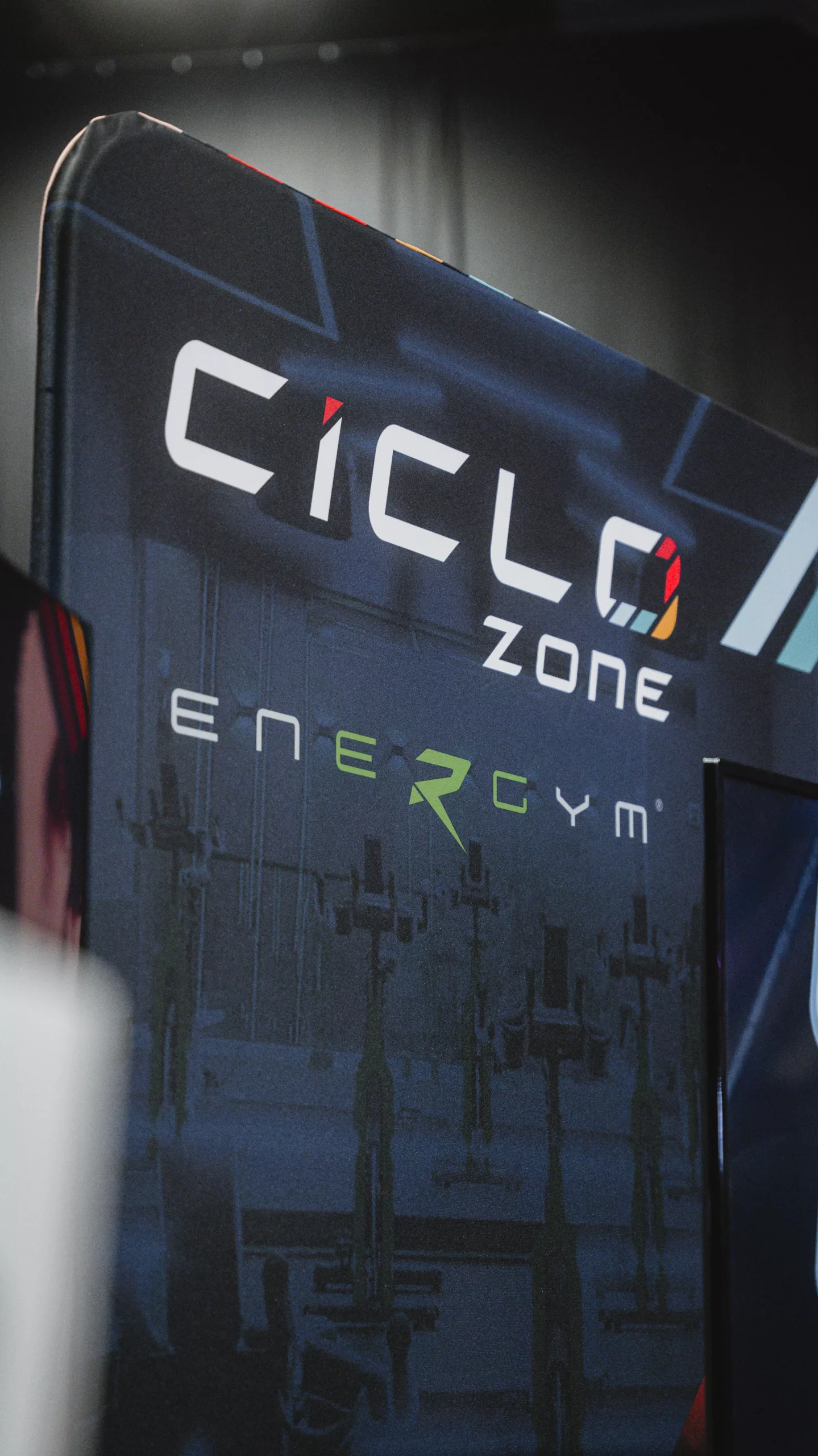Last week we talked about the limited value of comparing the average watts between different rides. Today we will discuss a cycling metric referred to as the Intensity Factor (IF) that is key to understanding the relative difficulty level and how you can use it to compare the training efficacy of each and every one of your rides.
What is Normalised Power?
Before we can understand IF we must discuss a metric called normalised power. For various reasons we determined that average watts have limited value. A rider can complete two rides and still end up with the same average despite the physiological “cost” being significantly different.
Normalised power is an estimate of the power that you could have maintained for the same physiological “cost” if your power output had been perfectly constant, rather than variable. In a steady-state ride, your average power (AP) and normalised power (NP) will be similar. In any type of training session or race, where there are surges in power or intervals followed by recovery, the AP and NP will be different. The more variance and work above threshold, the greater the difference between the two, and the more difficult the ride.
The NP value however still does not tell us how difficult the ride was compared to our FTP, it does not take into account how long the effort was sustained for, nor does it allow for comparing the difference in fitness within or between individuals.
The value of IF
The IF of a ride indicates the intensity of a ride. It is calculated as the ratio of the NP to your FTP. This is very valuable because it will always be relative to your current fitness level measure via your power at threshold efforts. A ride with an IF of 1.0 would equal an all out effort at your FTP level for 60 minutes.
Imagine two riders complete the exact same ride. Rider A has a NP of 260W. Rider B has a NP of 200W, yet both can have an IF of 0.85 (85% effort). Despite their obvious difference in raw power output, they both effectively completed the same difficulty within their respective rides.
What is a good IF?
This refers back to Ryan’s question when he asked about average watts and how close to his FTP it should be. Intensity will always be impacted by duration. If threshold efforts can be held for an hour, suprathreshold efforts will be held for less than an hour and subthreshold can be held for longer than an hour.
Typical IF values for various training sessions, races, and durations are as follows:
< 0.75 recovery rides
0.75-0.85 endurance-paced training rides
0.85-0.95 tempo rides, aerobic and anaerobic interval workouts, longer (>2.5 h) road races
0.95-1.05 lactate threshold intervals (work period only), short road races, crits, 40k TT
1.05-1.15 15k TTs, track points race
> 1.15 prologue TT, track pursuit
One particularly useful application of IF is to check for changes in threshold power – specifically, an IF of more than 1.05 for a race that is approximately 1 hour in duration is often a sign that the rider’s threshold power is actually greater than that presently entered into the program.
Not all programs nor bikes have the capability to calculate NP and IF.
CicloZone uses a proprietary calculation referred to as COL which allows individuals to understand how difficult their workouts are relative to their FTP. As a result, every CicloZone workout makes sure you work at the right intensity for you for the optimum amount of time to deliver results. Download the app at the App Store or Google Play.




